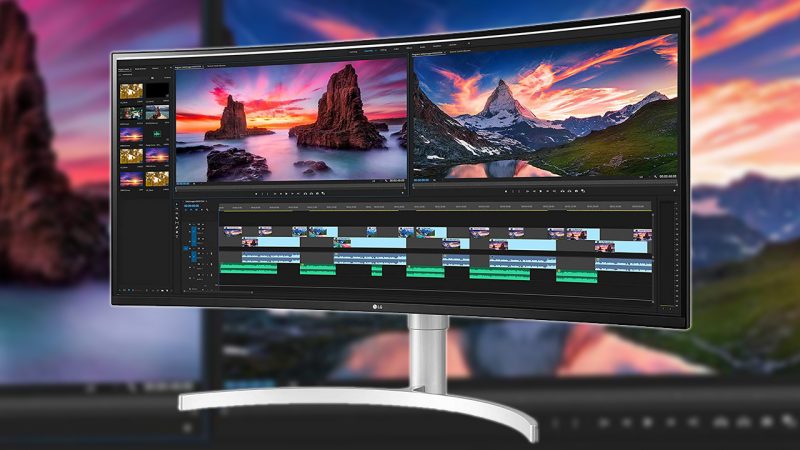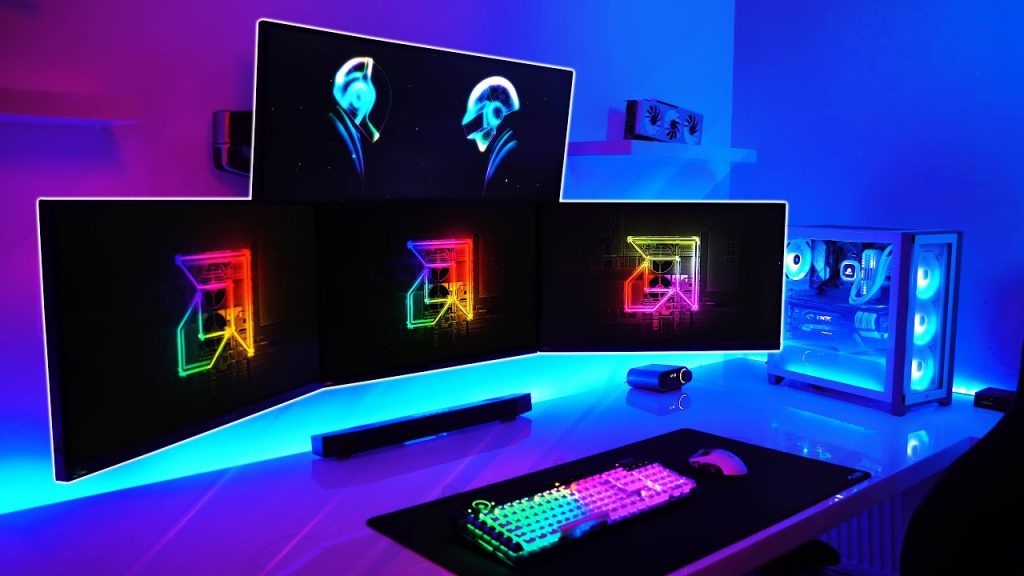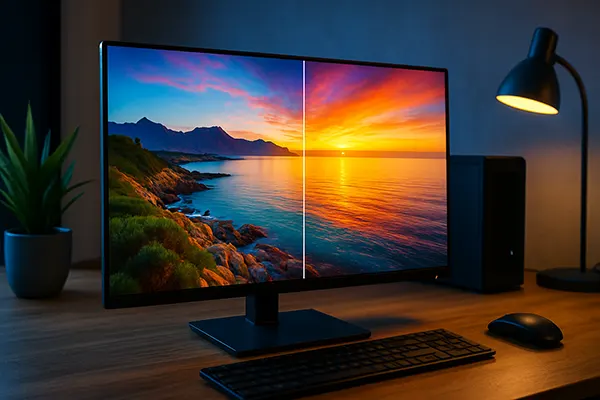
Guide to Selecting a High-Quality Yet Affordable Monitor
If you’re in the market for a new computer monitor, you might be overwhelmed by the sheer range of options available. How do you select the right one that offers good quality without breaking the bank? This guide aims to help you with exactly that.
To start with, let’s clarify something. A good monitor isn’t necessarily the one with the highest price tag. Numerous factors contribute to the quality of a monitor, such as resolution, refresh rate, response time, panel technology, and connectivity options. An understanding of these attributes will empower you to choose a monitor that fits both your requirements and your budget.
Assessing Your Needs: Identify What You Value Most in a Monitor
The first step in picking the right monitor is determining what you’ll be using it for. Are you a graphic designer needing high color accuracy? A gamer seeking fast refresh rates and response times? Or do you primarily use your computer for office work and browsing the internet? Once you know what you need, you can start focusing on monitors with specifications that cater to those needs.
Resolution: The Higher, The Better?
Resolution is the number of pixels a screen can display, usually denoted as width x height. The higher the resolution, the more detailed the image. However, higher resolutions typically mean higher prices. For most users, a Full HD monitor (1920×1080) offers sufficient detail. For more intensive tasks like gaming or professional design, you might consider a 2K or 4K monitor, keeping in mind the extra expense.
Refresh Rate & Response Time: Not Just for Gamers
A monitor’s refresh rate, measured in Hertz (Hz), is the number of times it updates with new images each second. Higher refresh rates provide smoother, less blurry images. While a 60Hz refresh rate is fine for general use, gamers may want a monitor with at least 120Hz or higher.
Response time, measured in milliseconds (ms), is how quickly a pixel can change colors. Lower response times mean less motion blur. Although crucial for gamers, most users will find a response time of 5ms or less sufficient.
Panel Technology: IPS, TN or VA?
The panel technology of a monitor impacts its color reproduction, viewing angles, and response times. IPS panels offer the best color accuracy and viewing angles but are usually more expensive. TN panels have fast response times and are cheaper but lack in color quality and viewing angles. VA panels are a middle-ground option, offering better color accuracy and viewing angles than TN panels, but at a slower response time.

Connectivity Options: What’s On The Back Matters
A good monitor should have a variety of connectivity options. Check for HDMI and DisplayPort inputs for video, and if you plan to use older equipment, look for DVI or VGA inputs. Some monitors also offer USB ports and audio jacks.
Conclusion: Quality Doesn’t Always Come at a High Price
In conclusion, finding a good, affordable monitor is about understanding what you need and what each specification means. Keep these factors in mind, and you’ll be well on your way to finding a monitor that offers excellent performance at a price point that fits your budget. Remember, a good monitor is an investment that can last for several years, so take your time to make the right choice.





